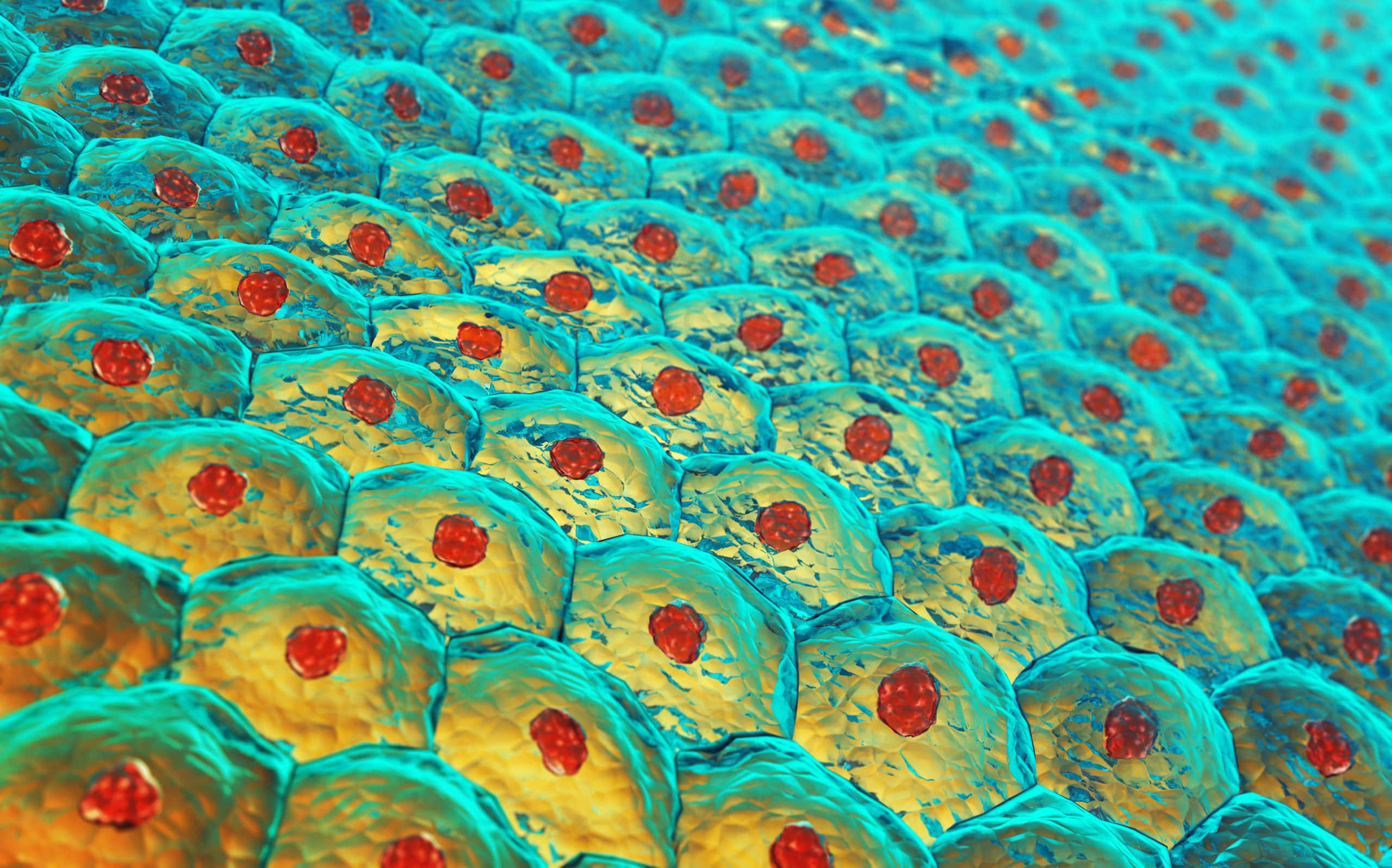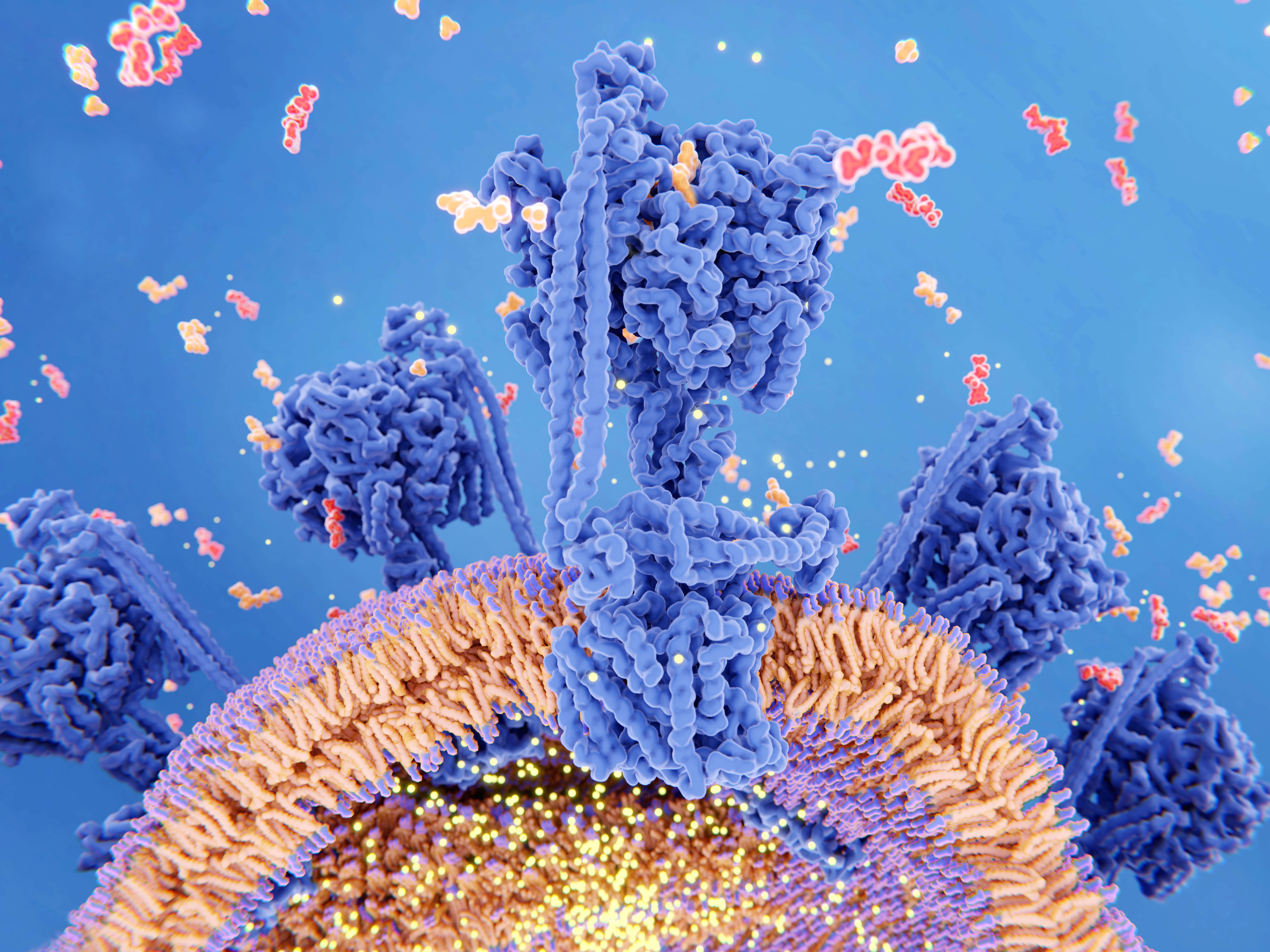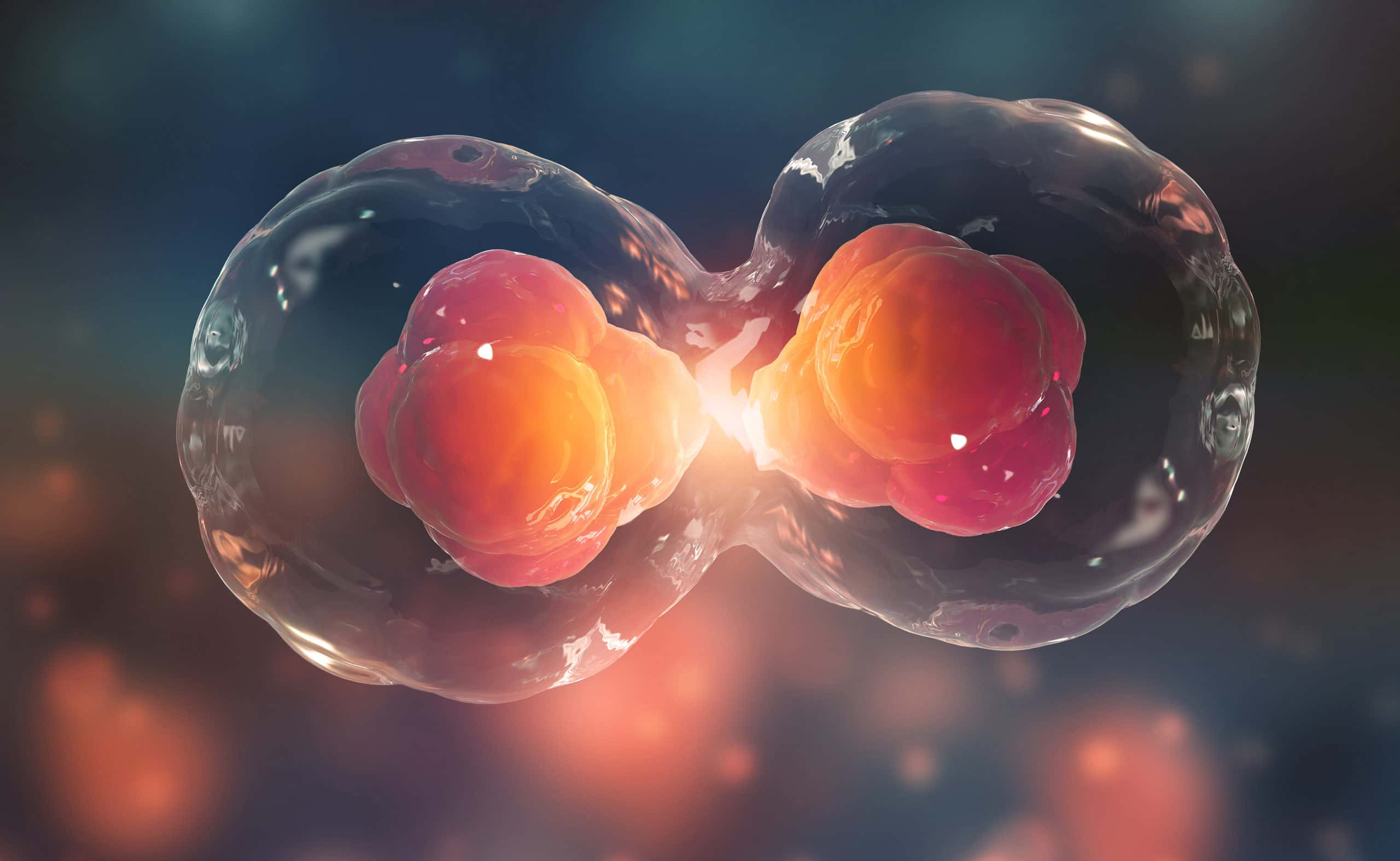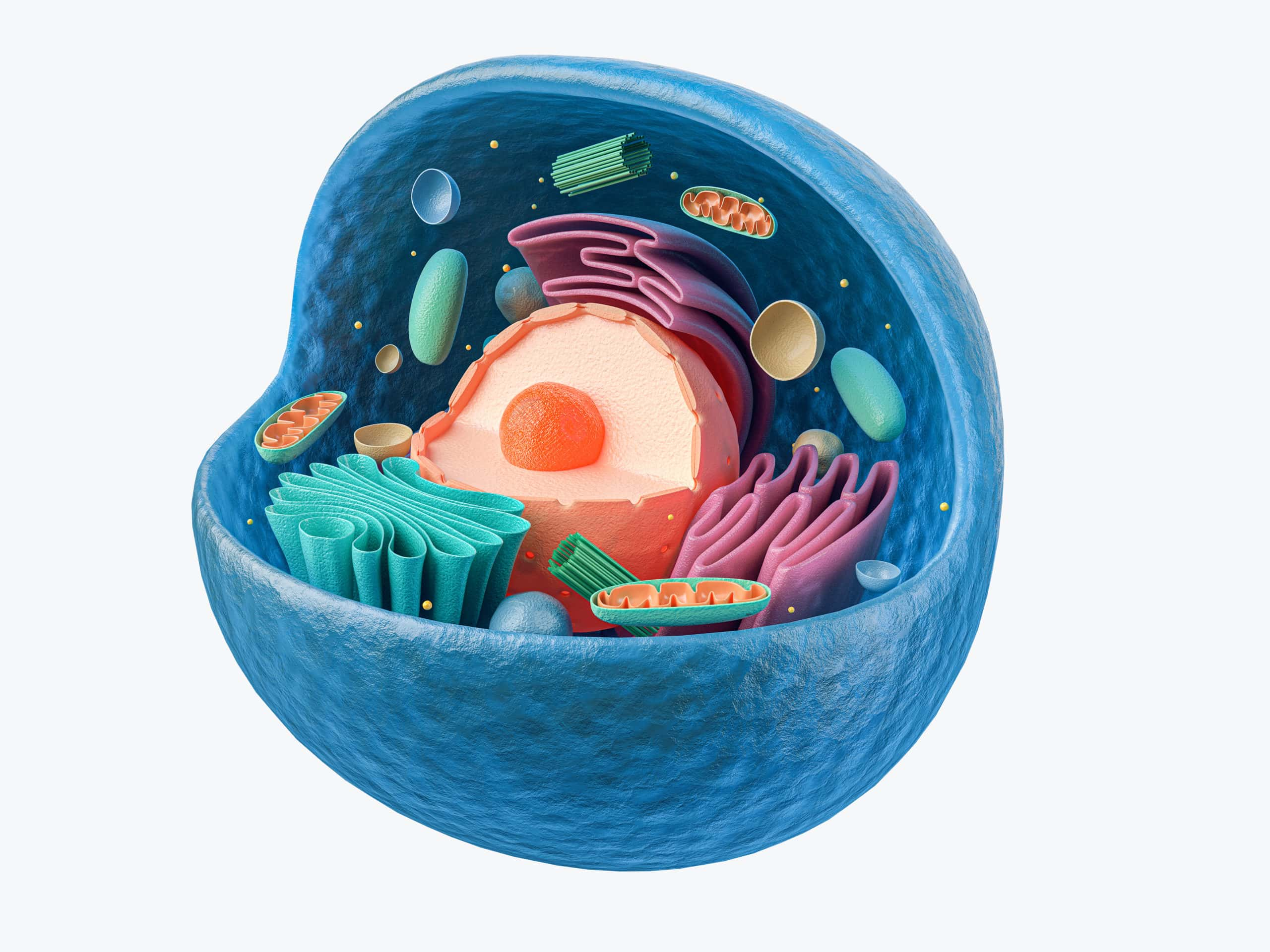You've heard of mitochondria. The "powerhouse of the cell". I never took biology in high school and even I know what mitochondria are. But here's something you probably didn't know: Mitochondria are invaders. While the origins of life are mysterious at best, there's one thing we can be pretty sure of: Mitochondria don't belong. So why are they in almost every single cell in almost every single plant, animal, and fungus on earth?
The Cell Saga
We've been thinking about ourselves all wrong. We look in the mirror and see one person. But look a little closer. Ok, look at LOT closer. Keep going until you see millions of little blobs. Those are your cells, and they don't think you're one person. They see a world filled with thousands of cells like them. Some are nearly identical, some are completely different, and some are invaders that threaten their entire existence, but one thing is for sure: They have no idea they're a part of "you".
For hundreds of millions of years, that didn't matter, because there was no you. There were no people, no fish, no bugs, no plants. There were only cells, fumbling around the oceans, praying they found the fuel to reproduce and keep on keeping on. Some of those ancient, ancient cells might have looked a little bit like some of our cells today, except there would have been a big difference: No mitochondria.
And that's not a good thing, all thanks to one very, very important molecule: ATP.
The Magic Molecule
Remember how I said I never took biology in high school? Well, in this case, that's an advantage, because I'm not going to bore you with an in-depth discussion of ATP. Turns out, biochemistry is really complicated. Here's what you need to know: Cells need energy, and ATP is the best way to get it. That means cells need ATP to do pretty much anything.
It's one of the single most important molecules to life as we know it. But the thing is, you need to make a lot of it, and that's hard work for a cell. Back in the primordial soup, most of a cell's efforts went to synthesizing ATP, even though what they really wanted to be doing was going out and finding food. If only there was a better way!
Well, it turns out, there was a better way: cooperation. If different cells could just work together, then they could both make ATP and find food! Divide and conquer baby! And that's where mitochondria come in.
Teamwork Makes The Dream Work
Though tracking the history of life back to its single-celled origins is...dicey at best, this is the best working theory scientists have come up with: Mitochondria were originally independent, single-celled organisms somewhat similar to modern bacteria. They also happened to be very good at making ATP. Then one day, a mitochondrion was floating around, minding its own business, when another cell strolled up and swallowed it whole.
But then, something very weird happened. That cell that ate a mitochondrion? That's your great-great-great....so on and so on...ancestor. In fact, that cell was the ancestor of every single plant, animal, and fungus on Earth. And what was so special about this cell? Well, it swallowed a mitochondrion...but it didn't eat it.
Instead, the cell let the mitochondrion live and keep on doing what it does best: make ATP. There's no hyperbole when I say this: It was the single greatest team-up in history.

Sign up to our newsletter.
History’s most fascinating stories and darkest secrets, delivered to your inbox daily. Making distraction rewarding since 2017.
Better Together
With its new buddy, our ancestor cell now no longer had to worry about making its own ATP. It could focus on other things, like finding food. Now maybe, you wouldn't think this one cell would have that big of an advantage with its mitochondrion friend pumping out ATP—but this was like inventing the atom bomb when your enemies are fighting with sticks.
Incorporating that one little mitochondrion allowed that cell to survive and multiply...and multiply...and multiply. Almost every single multi-celled organism on Earth today can trace its history back to that one little cell that ate another cell and decided to let it live. The ancestors of that cell started to clump together, which allowed them to find even more food.
Pretty soon, it could make different cells that could perform different roles—complete with their own mitochondria, of course.
Thank Your Mitochondria!
A few hundred million years of that, and voila: We've got you! You're made up of trillions of cells, each of which is beautifully specialized to perform the exact function it needs to keep you alive. Brain cells, muscle cells, skin cells, blood cells, immune cells; all of them evolved over the eons from that one, simple cell—and they've all still got their own mitochondria, pumping out ATP and keeping us going.














